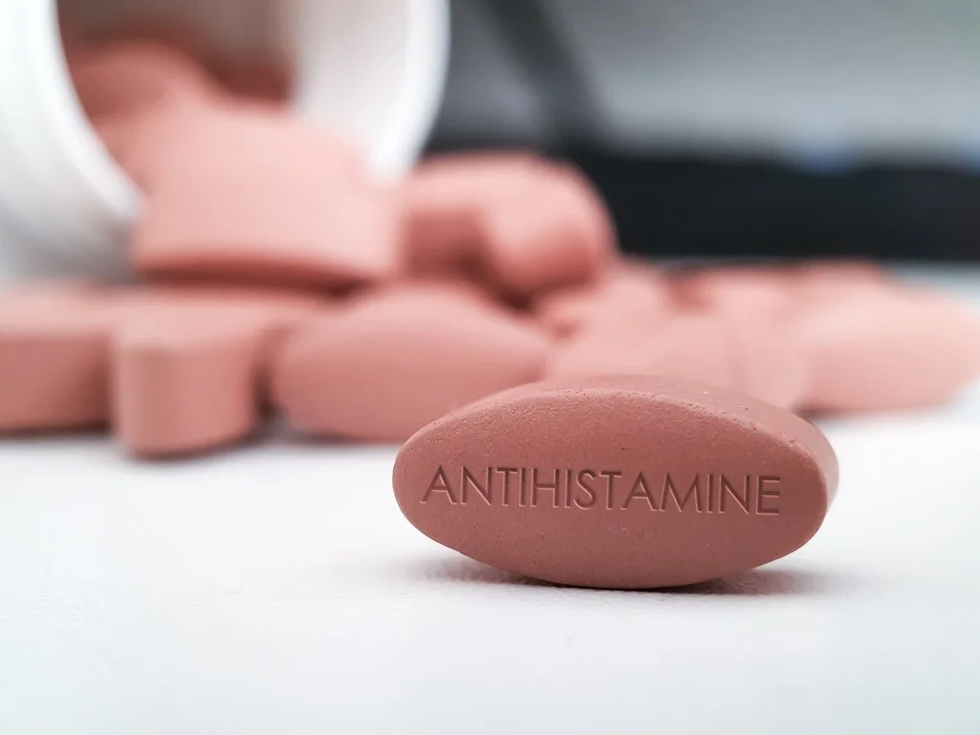Antihistamines are essential medications in managing allergic reactions caused by various triggers such as pollen, pet dander, or certain foods. Understanding their mechanism of action and types is crucial for effective allergy management.
What are Antihistamines?
Antihistamines are drugs that counteract the effects of histamine, a chemical released by the immune system during allergic reactions. Histamine is responsible for various symptoms like itching, sneezing, runny nose, and watery eyes.
Mechanism of Action
Antihistamines work by blocking the action of histamine in the body, thereby providing relief from allergic symptoms like itching, sneezing, and watery eyes.
Types of Antihistamines
- First-generation Antihistamines:
- Examples: Diphenhydramine (Benadryl), Chlorpheniramine (Chlor-Trimeton)
- Known to cause drowsiness
- Typically taken before bedtime to alleviate nighttime allergy symptoms.
- Second-generation Antihistamines:
- Examples: Loratadine (Claritin), Cetirizine (Zyrtec), Fexofenadine (Allegra)
- Less likely to cause drowsiness
- Preferred for daytime use
Forms of Antihistamines
Antihistamines are available in various forms, including:
- Tablets
- Capsules
- Liquids
- Nasal sprays
- Eye drops
Proper Usage and Considerations
- It’s crucial to use antihistamines as directed and be aware of potential side effects such as drowsiness, dry mouth, or dizziness.
- Some antihistamines may interact with other medications, necessitating consultation with a healthcare professional before starting a new treatment regimen.
Conclusion
Antihistamines play a crucial role in alleviating allergy symptoms by blocking the effects of histamine in the body. Understanding their mechanisms and types empowers individuals to make informed decisions in managing their allergies.
Multiple Choice Questions (MCQs):
- What is the primary function of antihistamines?
- A) Enhancing histamine release
- B) Blocking the action of histamine
- C) Stimulating allergic reactions
- D) Suppressing the immune system
- Which type of antihistamines is known to cause drowsiness?
- A) First-generation
- B) Second-generation
- C) Both types equally
- D) Neither type causes drowsiness
- Which of the following is NOT a common form of antihistamines?
- A) Tablets
- B) Inhalers
- C) Liquids
- D) Nasal sprays
